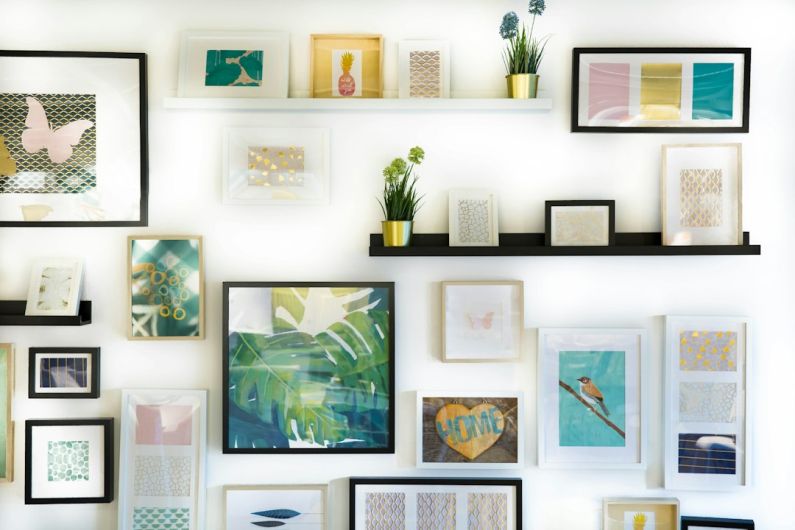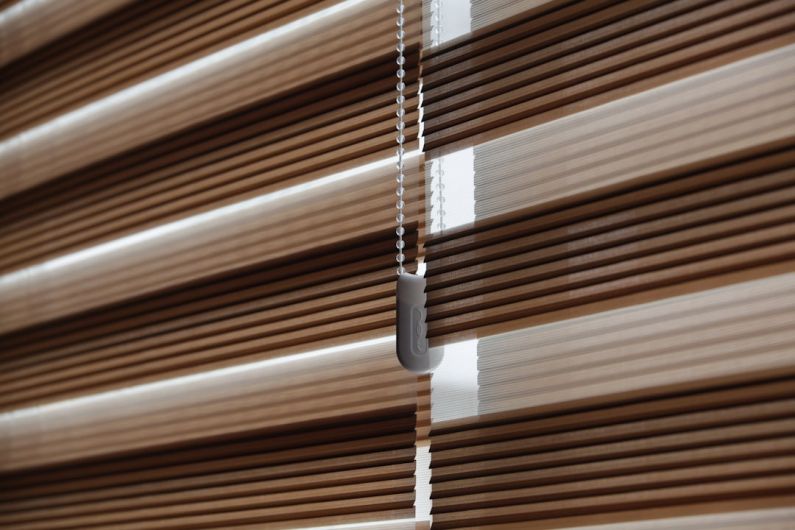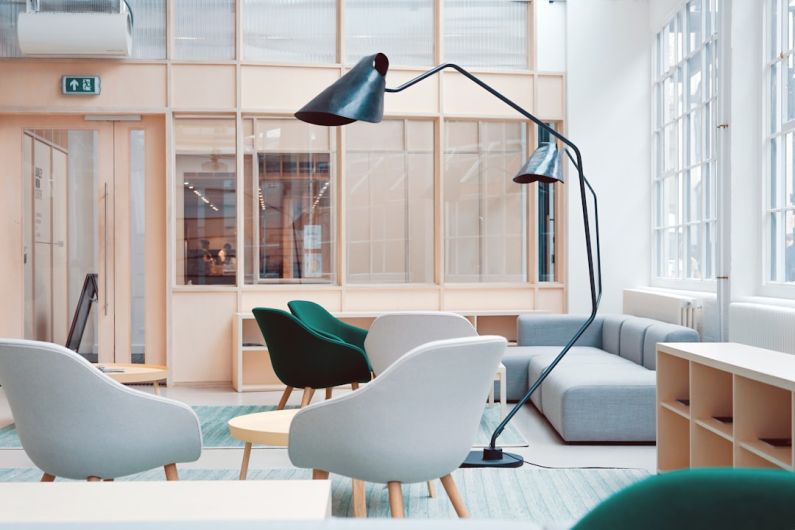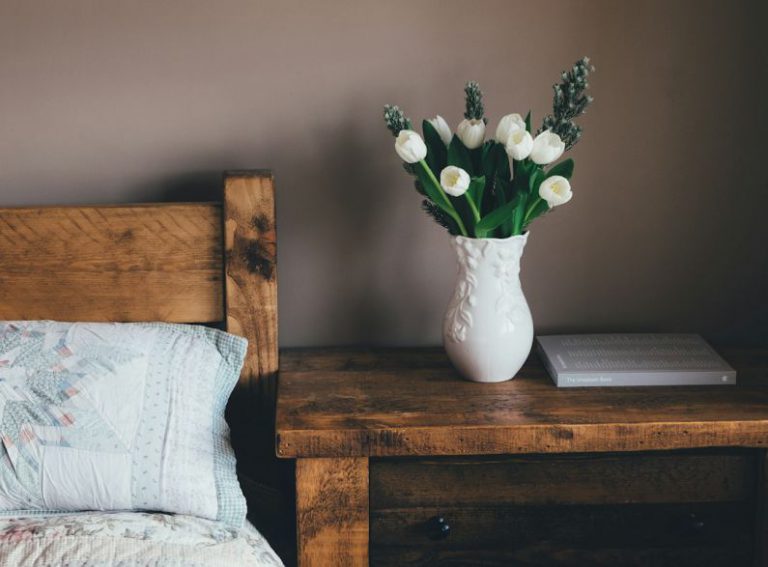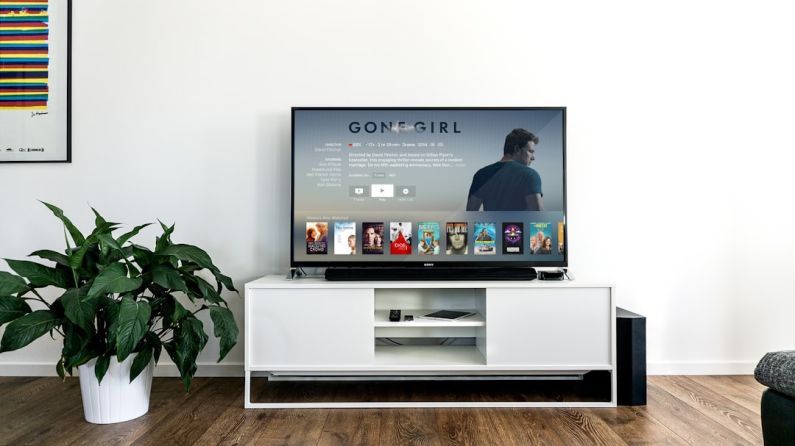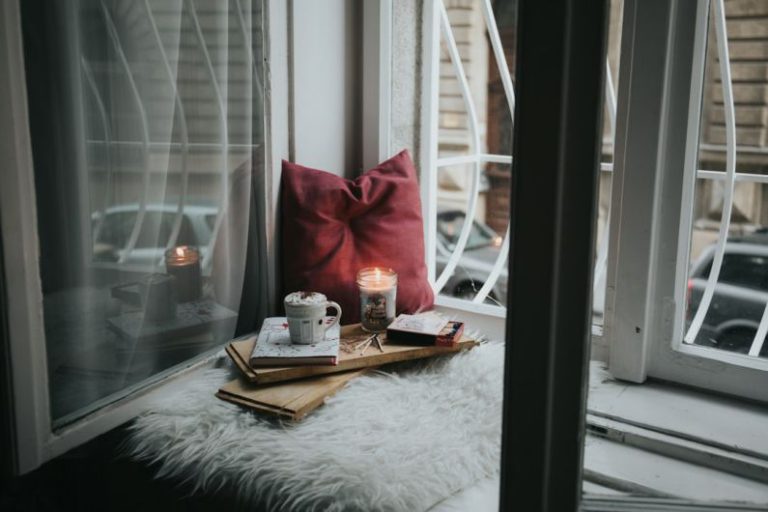How to Use Houseplants to Enhance Your Interior Design?
Houseplants have become increasingly popular in recent years, not just for their ability to add a touch of greenery to our homes, but also for their numerous health benefits. In addition to purifying the air and reducing stress, houseplants can also enhance your interior design. By strategically placing and choosing the right plants, you can transform your living space into a lush and vibrant oasis. In this article, we will explore how to use houseplants to enhance your interior design.
1. Choose the Right Plants for Each Room
Different plants have different light and humidity requirements, so it’s essential to choose the right plants for each room in your home. For example, low-light plants like snake plants or pothos are perfect for rooms with limited sunlight, such as bathrooms or bedrooms. On the other hand, plants like succulents or cacti thrive in bright, sunny areas like the living room or kitchen. By selecting plants that are well-suited to each room’s conditions, you can ensure they thrive and complement the overall design.
2. Use Plants as Focal Points
One way to enhance your interior design with houseplants is to use them as focal points in your space. Large, statement plants like fiddle leaf figs or monstera deliciosa can draw the eye and become the centerpiece of a room. Place them in a prominent location, such as near a window or in an empty corner, to create a visually striking focal point. The sculptural shapes and lush foliage of these plants can add depth and interest to any space.
3. Create Height and Visual Interest with Hanging Plants
Hanging plants are an excellent way to add height and visual interest to your interior design. They can be suspended from the ceiling or placed on high shelves to create a cascading effect. Plants like spider plants, pothos, or ivy are particularly well-suited for hanging. Their trailing vines can add a sense of movement and drama to your space. Hang them near windows or in corners to create a lush, green backdrop.
4. Use Plants to Soften Sharp Lines and Angles
If your home features sharp lines and angles, houseplants can help soften the overall aesthetic. Place plants with soft, flowing foliage like ferns or peace lilies near furniture or architectural elements with hard edges. The organic shapes and textures of these plants can create a harmonious balance and add a touch of softness to your interior design.
5. Mix and Match Different Plant Varieties
Don’t be afraid to mix and match different plant varieties to create a visually dynamic and diverse interior. Combining plants with varying sizes, shapes, and textures can add depth and contrast to your space. For example, pair tall, spiky plants like yuccas or palms with bushy, leafy plants like philodendrons or rubber plants. The combination of different plant forms can create a visually stunning display that adds personality and character to your home.
In conclusion, houseplants can be a valuable tool to enhance your interior design. By choosing the right plants for each room, using them as focal points, incorporating hanging plants, softening sharp lines, and mixing different plant varieties, you can create a living space that is not only visually pleasing but also promotes a sense of well-being and tranquility. So, go ahead and bring the beauty of nature indoors by incorporating houseplants into your interior design. Your home will thank you for it!

